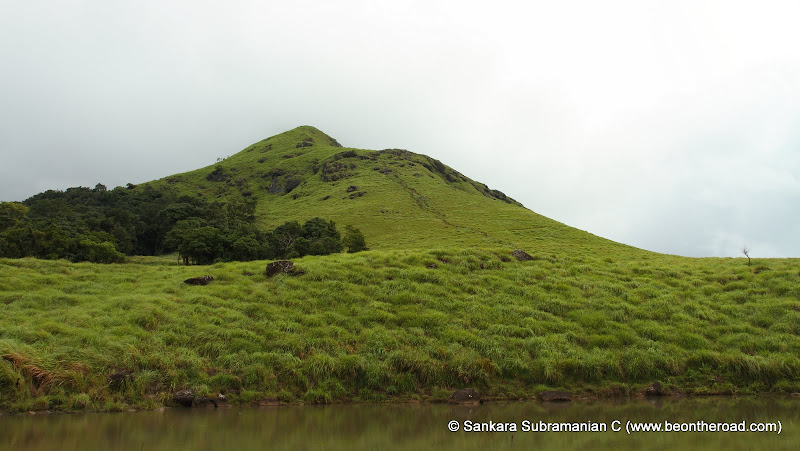Wayanad holiday trip and options
1) Night Camping With Campfire In Wayanad
2) Night Camping with Campfire in Wayanad
3)Wayanad Photography Tour
About the activity :
Photographers, what are your weekend plans? Well, now you have something exciting and happening to do and that too, with the best of plans! Enjoy an exciting Wayanad photography tour with your friends and family and revel in the fun with your camera clicking away! You can explore the world of reptiles and several amphibians while on this tour! Wildlife photographers, get your weapons ready! You will get a golden chance to rediscover some of the most unique species of reptiles, the different habitats and the unique colours and hues on the insects you discover here.
You can click a few amazing photos of the amazing scenery along with the exotic wildlife that live here. You can also participate in an introductory class on nature photography and the proper usage of filters. While at the Wayanad photography tour, you can also try your hand at slow shutter speed photography whilst capturing waterfalls. Embark on a fun night walk with nature and hold your cameras close to you for the best shot!
Meal Types: All meals included
Transportation : Included
Accommodation : Included
Activities: Photography Tour, Nature Walk, Wildlife and Nature Experience
Difficulty Level: Easy
Show more
Things To Carry
7
Rain protection (poncho/jacket, umbrella, raincover for camera)
7
Shoes with good grip, preferably waterresistant (gum boots are optional but nosandals or flip-flops)
7
Flashlight with extra batteries
7
Leech socks
7
Binocular
7
Camera gear
7
Sun-screen, mosquito repellent (if preferred), handsanitizers and a whistle in case of emergency
7
First aid kit,Personal Medications (if preferred)
7
Covers /packing material for photographyequipment, rain-proof jackets – in case of light rains
Show more
Advisory
7
Dull coloured clothes (olive green, brown, grey)
7
Kindly do not play loud music during your stay
7
Refrain from littering the premises.
7
Spotting wildlife depends on weather conditions.Clear weather is favorable to watch birds whereas rains trigger more activityamongst amphibians, snakes and insects, making it easier for photographers tosee.































